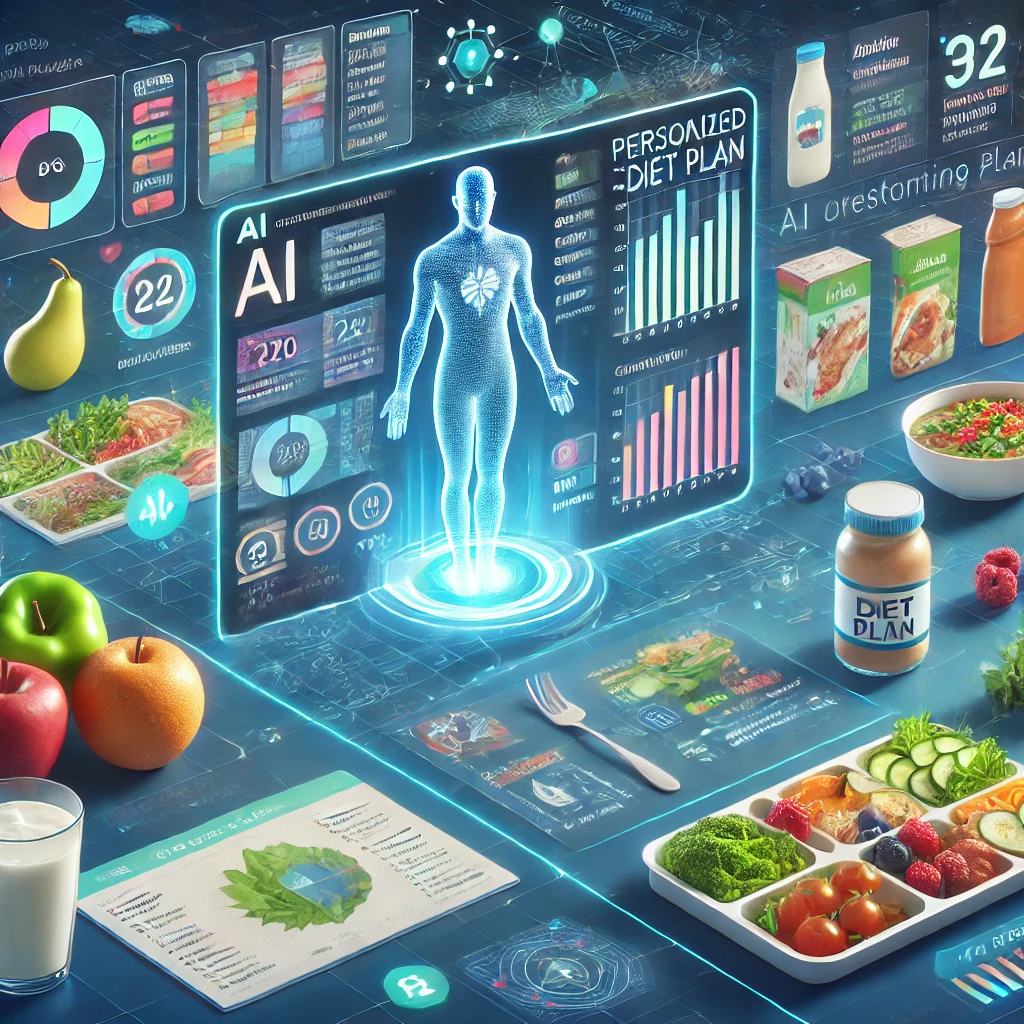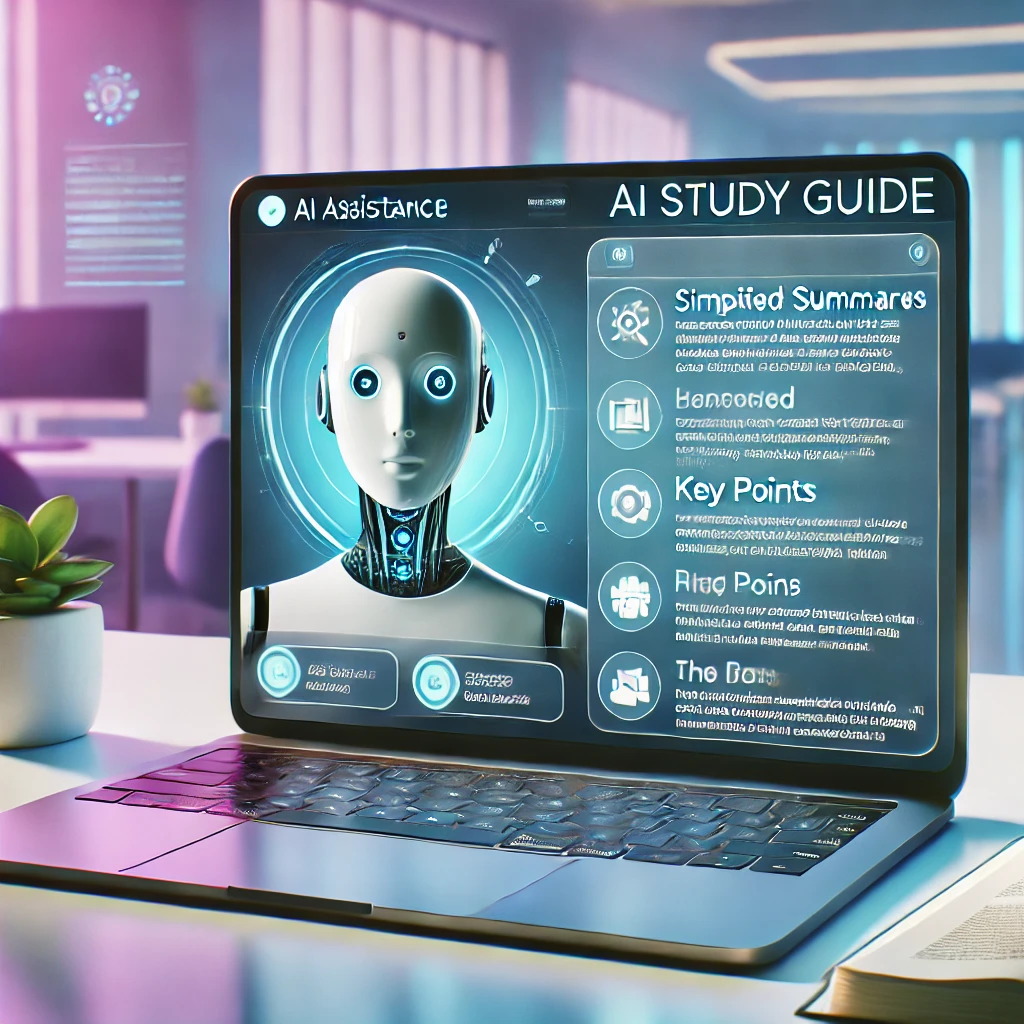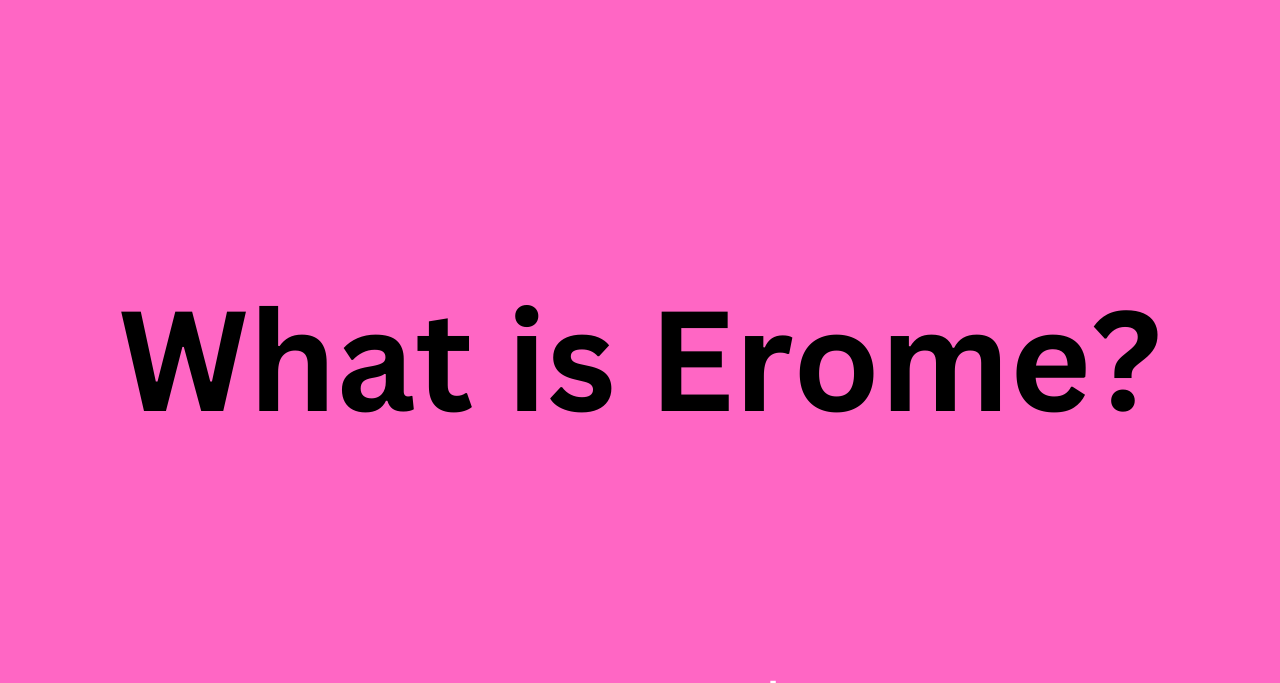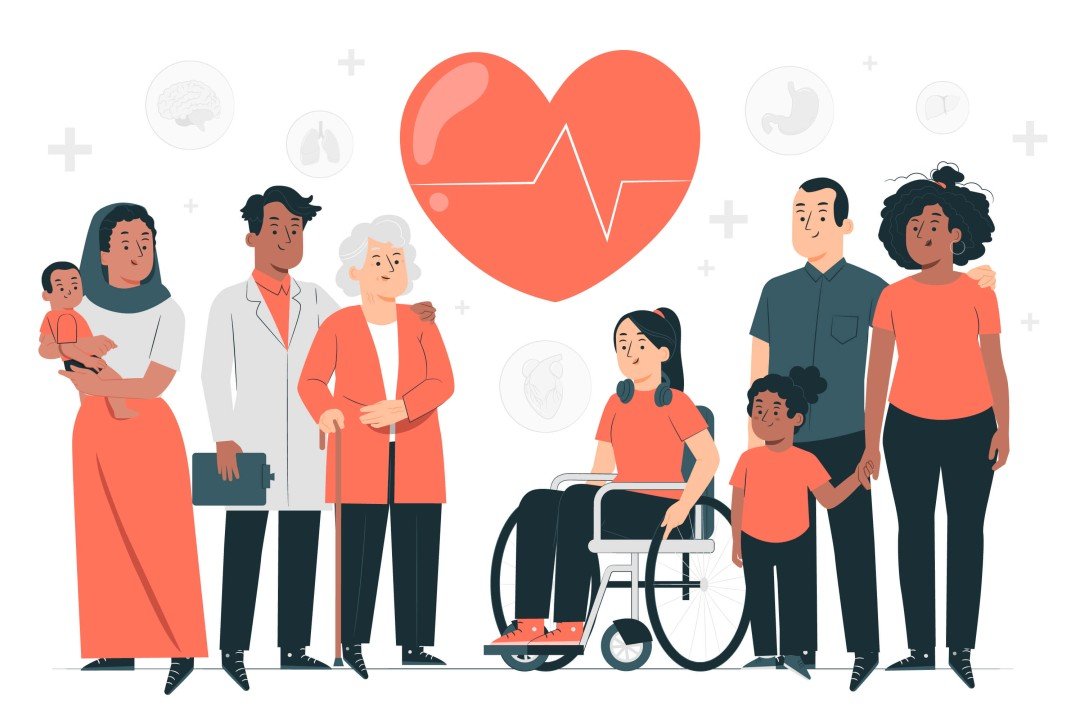It may not be easy to eat healthily nowadays in a fast world. Most individuals seek to use artificial intelligence (AI) to ease this process and develop personalized nutrition plans about personal preferences and daily activities. AI has been a game changer in the health and wellness niche. It can help people realize their macronutrient needs, set achievable goals, and adopt and sustain new, healthier eating habits. This article will explain how you can turn to AI for help with your diet plan, look at the advantages of using AI in nutrition apps, and explain how AI works.
1. An Overview of AI in Nutrition

Artificial intelligence has evolved considerably over the last few years and has spread its wings in almost all domains, including nutrition. In diet planning, AI studies hundreds of thousands of data points to learn about various patterns and trends and what works best when a person is concerned with aspects like body composition, food preferences, and health objectives. Depending on their profile, artificial intelligence can use algorithms and machine learning models to guide users toward the right nutritional decisions.
Using Artificial Intelligence, one can develop a stringent diet plan that meets their health needs, whether for weight loss, muscle building, managing a particular disease, or just living a healthy lifestyle. Also, AI-generated diet plans are dynamic, and they change based on new data, updated plans, and new healthy goals.
2. How Can We Create a Diet Plan Using AI?
To design a diet plan with the help of Artificial Intelligence, most applications and platforms utilize input data provided by the user and data from massive nutrition databases. Here’s how AI typically personalizes a diet plan:
- Data Collection: AI-based diet applications begin with collecting necessary data from the user, which include age, gender, weight, height, fitness level, preferred diet type, pre-existing medical conditions, and intended goal. The closer to real-time and precise information is provided, the better the suggestions are made.
- Analysis of Dietary Preferences and Restrictions: AI considers your diet preferences (vegetarian, vegan, gluten-free, or low-carb) to make it a healthy and long-term meal plan.
- Nutritional Algorithm Processing: Based on user input processed by the AI system, the optimal macronutrients (carbohydrates, proteins, and fats) and micronutrients (vitamins and minerals) are calculated using a nutritional database.
- Continuous Feedback and Adjustments: Entire diet programs are now based on artificial intelligence that provides an opportunity to track the process in real-time, including the possibility to enter meals, snacks, and even cheat days. When the user logs their consumption data, the AI analysis alters the plan to make it pertinent again
3. Benefits of Create a Diet Plan Using AI
Creating a diet plan using AI offers several unique advantages that make it an appealing option for many individuals:
a. Personalized Recommendations
These systems don’t just provide general guidelines like traditional diet plans. They offer personalized recommendations based on your unique data. This approach empowers you to achieve your health goals more effectively, as it’s less about a one-size-fits-all strategy and more about your individual needs and preferences.
b. Efficiency and Convenience
AI makes diet planning easier by performing the complicated function of nutrition calculation. It can handle a lot of data simultaneously and offers users easy meal solutions. Sometimes, it provides a list of ingredients and recipes.
c. Adaptability
AI-generated diet plans are not static. They can adapt and evolve with you, adjusting based on your health improvements or deteriorations. This adaptability provides a sense of reassurance that your plan is always responsive to your current health status.
d. Behavioral Insights
Most sophisticated AI systems provide a user’s dietary history, tendencies, reactions, or activities, and the aspects that need enhancement. This information is presented in a non-intrusive manner, allowing users to gain valuable insights into their eating habits and make informed decisions about their diet without feeling overwhelmed by the technology.
e. Time and Cost Savings
Most AI diet applications significantly reduce the need for frequent consultations with nutritionists, which can be both time-consuming and costly. Instead, you can achieve similar results with the help of an easily accessible and affordable digital tool, saving you time and money.
4. Key Features of AI-Powered Diet Planning Apps

Several things make AI diet planning apps efficient and easy to use. Below are some of the core elements that allow these apps to provide personalized diet plans:
- Calorie and Macronutrient Tracking: All the applications that use AI for dieting monitor daily allowance and consumption of calories, carbohydrates, proteins, and fats. This is very useful for the user because it enables them to track how close they are to the goals.
- Meal Suggestions: AI-based diet planners can come up with concrete recommendations depending on the type of diet: vegan, keto, low sodium, and so on.
- Food Recognition: Some apps also have image recognition capabilities to tell consumers the calorie content of the food they are about to consume through a picture.
- Grocery Planning: Many diet planning applications come complete with pre-existing grocery lists concerning the meal options provided for the user.
- Integration with Wearable Devices: Most apps include connectivity with fitness and health trackers and smartwatches for easy transfer of activity data for better health insights.
- Progress Tracking and Goal Setting: There are many apps where users can define short-term and long-term goals for a healthy lifestyle and monitor the results visually with boards.
5. How to Create a Diet Plan Using AI: Step-by-Step
To create a diet plan using AI, follow these steps to ensure the plan aligns with your unique nutritional needs and lifestyle:
Step 1: Choose a Reliable AI-Powered Diet Planning App
Choose an app with many good reviews, many foods stored in the database, and such bonuses as a food scanner and tracking of macros.
Step 2: Input Your Health Data
After selecting the app, you must input your personal information, including age, weight, height, and health objective. As much detail as possible is required to provide recommendations that are as close to ideal as possible.
Step 3: Set Your Goals
Choose practical objectives in health and fitness, including fat reduction, muscle increase, and higher vitality. AI will use these goals as the basis for designing your diet plan.
Step 4: Define Dietary Preferences and Restrictions
You can add any diet (Veg, Vegan, Pescatarian, etc.) and any food allergies or intolerance to exclude foods you dislike or cause discomfort.
Step 5: Begin Tracking Meals and Progress
Please take note of everything you eat and record it in the app. As time progresses, the AI will also gather wisdom about your eating habits and help you choose a diet plan that would fit your schedule.
Step 6: Feedback and Changes
Almost all AI diet applications offer daily or weekly reports so you can know where you went wrong with your diet. To get the best out of these recommendations, review them often.
6. Top AI Diet Planning Tools and Applications

Several applications on the market today utilize AI in diet planning. Still, each may have specific distinctive characteristics enabling people to achieve their primary goals. Here are a few popular options:
- MyFitnessPal: MyFitnessPal, which has links to numerous fitness devices and contains a vast food database, presents AI-based meals and can analyze calories, macro, and progress.
- Lifesum: Lifesum offers health tracking with artificial intelligence feeding recommendations in which users are given appropriate diets according to their objectives, flavor, and vital symptoms.
- PlateJoy: Specialized in meal planning, PlateJoy employs artificial intelligence to generate recipes and shopping lists consistent with the client’s eating habits and goals.
- Noom: AI is used by Noom to deliver personalized coaching, food recommendations, and self-observations, which helps people change their behavior for the better in the long term rather than giving them short-term fixes.
- Eat This Much: This app helps create weekly meal plans based on the user’s choices and their wallet and delivers the appropriate amount of nutrients needed.
7. AI Diet Plans: What the Future Holds
Regarding nutrition and diet planning, AI is still a growing field; as such, more future uses of AI can be expected. In the future, AI could give even more detailed information on a person’s health by considering genetic information, the makeup of the gut bacteria, and the person’s current metabolic rate. There could also be innovations like natural language processing that will enable AI to give users dietary advice through everyday interactions in chat.
As technology in wearable devices and health products continues to evolve, future AI diets may also present active recommendations based on early signs of certain health risks, all through diet modification. Further, there can be enhanced cultural representation in recipes and geographical diversity that ranges from global cuisines, which is handy when one needs to find a recipe suitable for certain kinds of diet restrictions.
8. Conclusion
Integrating AI in diet creation can help individuals make better nutrition decisions that will suit them. When you use AI to develop a diet plan, you also get insights, constant encouragement, and flexible plans that are hard to come across in traditional diet plans. Given that AI technology is ever-evolving in today’s society, it is the discovery that AI is becoming an integral part of health and nutrition in society; it is thus more accessible for an individual to embrace a healthy lifestyle and achieve their respective wellness goals. Welcome AI diet planning today for better health tomorrow.
























